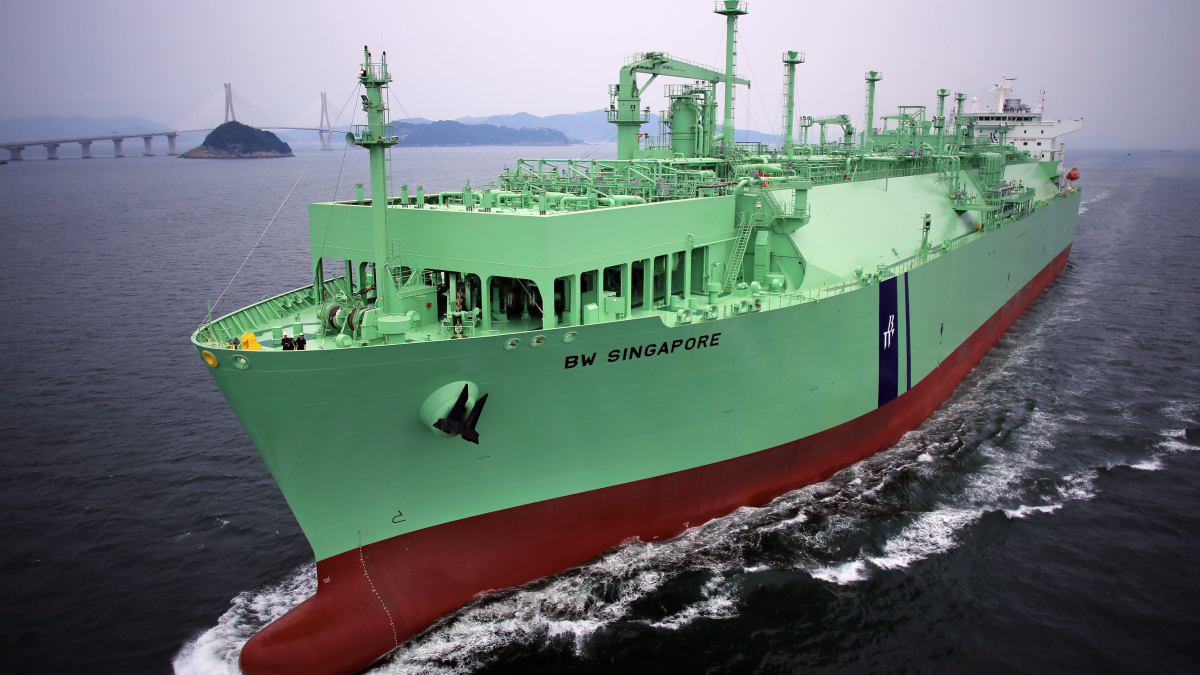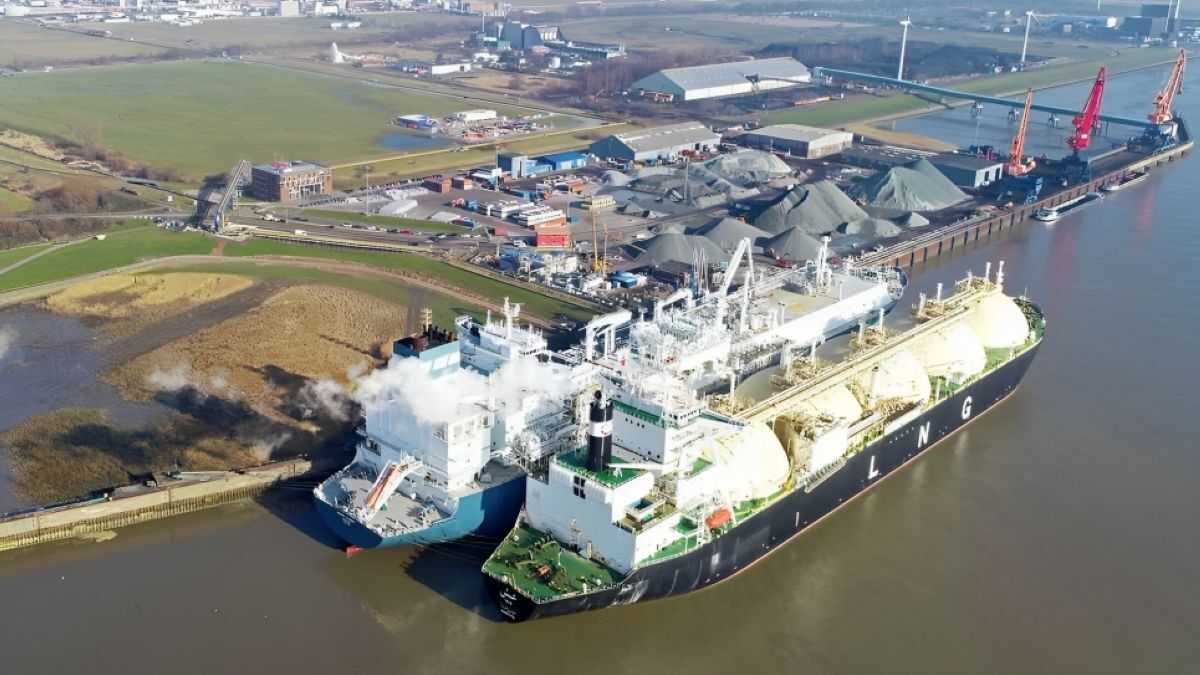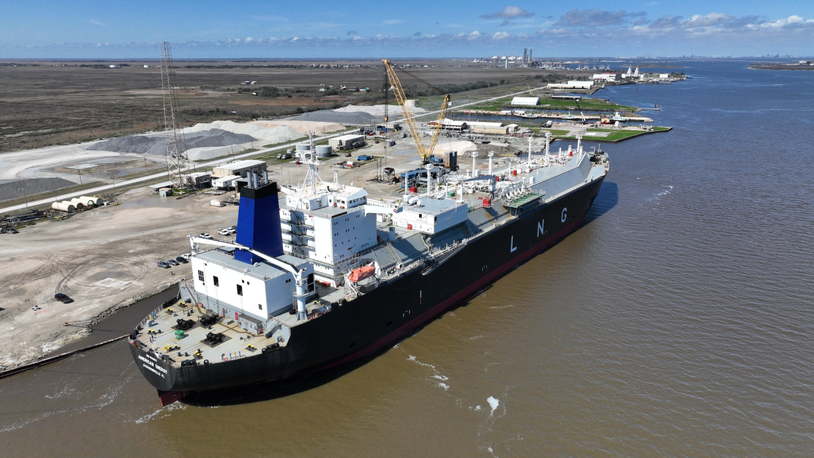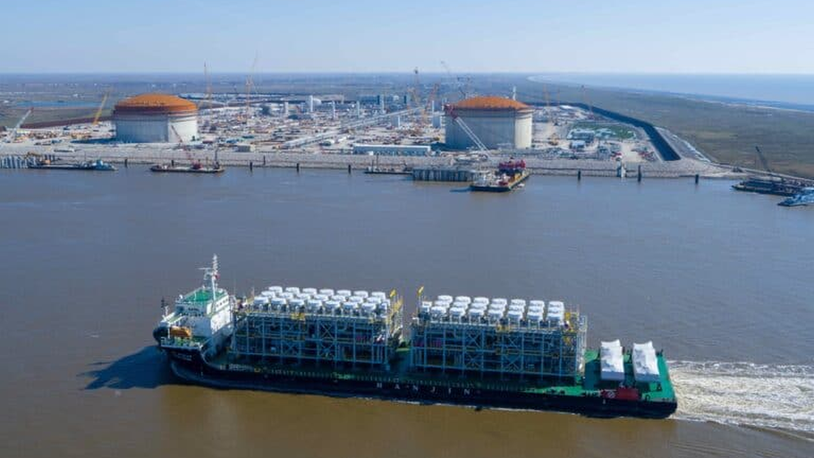Business Sectors
Events
Contents
Register to read more articles.
FSRUs on the move: Europe’s shifting LNG map
The fluid nature of FSRU operations is reshaping LNG supply dynamics across Europe
Floating storage and regasification units (FSRUs), once seen as temporary infrastructure for emergencies or transitional supply, are proving more complex, more mobile, and more political than originally conceived. Since the start of 2024, European FSRU operations have been reshuffled by market conditions, regulatory pressure and strategic recalibration.
The appeal of FSRUs lies in their ability to relocate, bypass lengthy permitting procedures, and provide rapid access to gas markets. But mobility brings instability. Nowhere is this more evident than in Germany. Deutsche ReGas recently terminated its charter of the Energos Power FSRU at Mukran, cutting the terminal’s regasification capacity in half. According to Argus Media, the decision stemmed from pricing disagreements with state-controlled Deutsche Energy Terminal (DET). Although Energos Power remains in German waters for now, Egyptian LNG interests have reportedly expressed interest in leasing the vessel.
Cape Ann FSRU in Le Havre presents a different challenge. Though technically operational since late 2023, the vessel has stood largely idle during the 2024–25 winter season. A Bloomberg media report cited high operational costs as the principal obstacle, calling into question the commercial rationale for a project originally intended to bolster energy security. Even when installed, FSRUs are not guaranteed to regasify.
By contrast, Italy has embraced the floating approach with state-backed determination. Snam now operates two FSRUs — at Piombino and, soon, Ravenna. Golar Tundra has processed 39 LNG cargoes in its first nine months at Piombino, equivalent to 2.45 bcm, LNG Prime media reported in late 2024. Snam’s acquisition of BW Singapore adds a third unit to its portfolio, one that will serve the Adriatic coast once installed off Ravenna.
Greece’s experience highlights another feature of FSRUs: regional interconnectivity. The Alexandroupolis terminal, operational since October 2024, has scheduled just seven LNG deliveries for its first year, despite a nominal capacity of 5.5 bcm. According to Argus media reports, this reflects commercial caution rather than technical constraint. Still, the project’s strategic value extends beyond domestic supply. Bulgaria’s Bulgargaz received the inaugural cargo from TotalEnergies, part of a broader effort to route non-Russian gas into the Balkans and Central Europe.
Mobility also applies to planning. Greece’s second project, Argo FSRU, remains under development by Mediterranean Gas, with Klaipedos Nafta and ExxonMobil involved. With Romanian transmission operator Transgaz recently entering the project, the backers appear to be positioning Argo as a regional hub. The company reported in 2023 that interest in regasification capacity was strong, but did not commit to a final investment decision.
Even in countries with long-established LNG infrastructure, floating terminals are being re-evaluated. Toscana FSRU, offshore Livorno, underwent maintenance in 2024 and is now certified to remain in operation until at least 2044. The decision reflects continued utility in a floating terminal originally intended as a transitional measure more than a decade ago.
The story of FSRUs in Europe is no longer one of emergency deployment. It is one of continual repositioning — commercially, geographically, and politically. The vessels may be floating, but the decisions surrounding them are anything but adrift.
Related to this Story
Events
Maritime Environmental Protection Webinar Week
Cyber & Vessel Security Webinar Week
The illusion of safety: what we're getting wrong about crews, tech, and fatigue
Responsible Ship Recycling Forum 2025
© 2024 Riviera Maritime Media Ltd.














